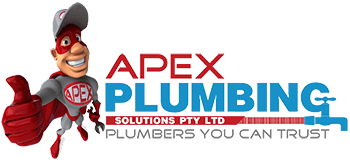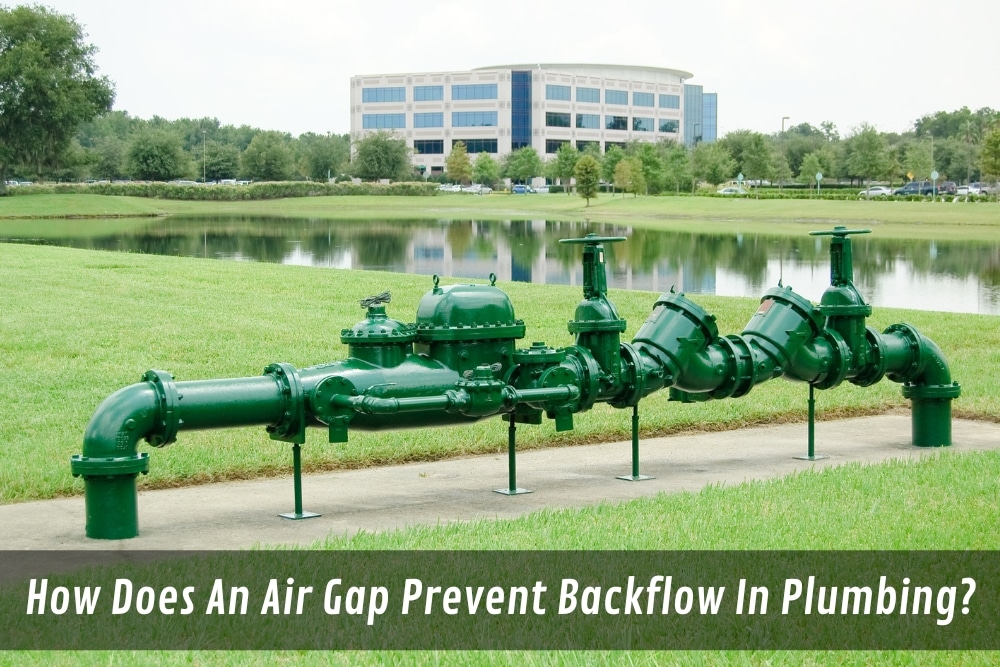Backflow preventer devices have become an essential component of modern plumbing systems. These devices are designed to prevent potentially contaminated water from flowing back into the main water supply. One of the methods used by these devices to prevent backflow is through an air gap. But how does an air gap prevent backflow in plumbing?
Understanding how an air gap works is essential for anyone involved in the plumbing industry. Or, for homeowners who want to ensure the safety of their water supply. In this article, we’ll explore the mechanisms behind an air gap and how it effectively prevents backflow in plumbing systems.
What is the purpose of an air gap?
An air gap is a physical separation between the plumbing and drainage system and the water supply system. The purpose of an air gap is to prevent cross connections and backflow, which can endanger the health of individuals by contaminating the water supply system. Cross connections occur when there is a linkage between the plumbing and drainage system and the water supply system. It allows wastewater to flow back into the water system. A backflow preventer device is often used in conjunction with air gaps to prevent backflow and ensure the safety of the water supply.
For example, in a kitchen sink, an air gap would be the space between the faucet and the top of the sink basin. This physical separation ensures that wastewater cannot flow back into the water supply system, protecting individuals from harmful bacteria and other contaminants. Without an air gap, there is a risk of contaminated water flowing back into the water supply system. It can be a serious health hazard. Therefore, air gaps are an important safety feature in plumbing and drainage systems. It helps to maintain the integrity of the water supply system and protect public health.
What are the differences between an air gap and other backflow preventer devices?
An air gap and other backflow preventer devices are used to protect the drinking water supply by preventing backflow. Here are the differences between them, considering the provided keywords:
- Air Gap: An air gap is a physical separation, normally a vertical distance, between a water outlet (such as a sink faucet) and a potentially contaminated source. It ensures that there is an unobstructed barrier of air, stopping the risk of backflow contamination. When a proper air gap is present, water in the sink cannot flow back into the drinking water supply. Air gaps are often required by new plumbing codes and regulations, particularly for high-risk procedures.
- Mechanical Backflow Preventers: These devices use mechanical mechanisms to prevent backflow. They are normally installed directly onto the water supply line and include various types such as check valves double check valves, reduced pressure zone valves, and pressure vacuum breakers (PVB). These devices rely on the mechanical operation of valves and pressure differentials to prevent backflow. They do not require a physical air gap but use other mechanisms to provide backflow protection.
It is important to regularly test and maintain backflow preventer devices, regardless of type. To ensure their effectiveness in protecting the drinking water supply. Test reports are commonly required to verify the proper functioning of the backflow prevention device. Failure to install or maintain these devices can lead to the risk of contaminants.
What are the pros and cons of using an air gap as a backflow prevention device?
Pros:
The primary advantage of using an air gap device is its simplicity. It does not require any mechanical or electrical parts and can be easily installed by a certified plumber. In addition, it provides peace of mind since its presence can be easily seen and identified. Furthermore, it helps protect the potable water supply from contamination due to fluctuations in pressure or vacuum in the pipes.
Cons:
Despite its benefits, there are some drawbacks to using an air gap as a backflow prevention device, primarily related to cost. These devices tend to be more expensive than other types of preventers, such as double-check valves or pressure vacuum breakers. Additionally, they may require more frequent inspections than other devices in order to ensure that the air gap is still functioning correctly.
To sum up, an air gap is an effective backflow prevention device that can help protect the potable water supply from contamination. It is relatively easy to install and maintain but may require more frequent inspections than other devices. It should also be installed by a certified plumber and must meet certain standards in order to provide effective protection against backflow. Moreover, it is essential to understand how backflow preventers work to appreciate the significance of air gaps as a backflow prevention device.
Here at Apex Plumbing Solutions, we are dedicated to providing our customers with the highest quality plumbing services. If you’re in need of a backflow prevention device, don’t hesitate to contact us today for more information! Our team of experienced plumbers are here to help you find the perfect solution for all plumbing needs.


